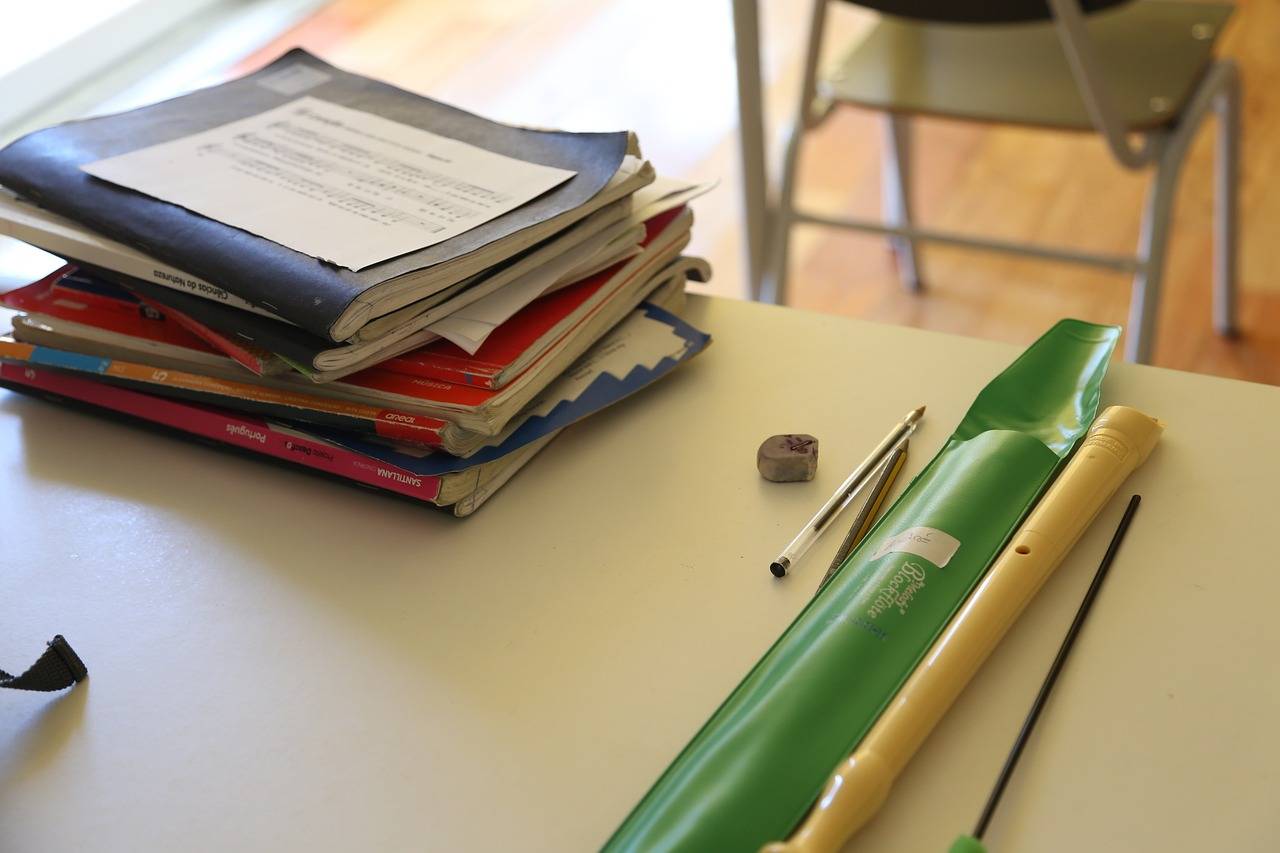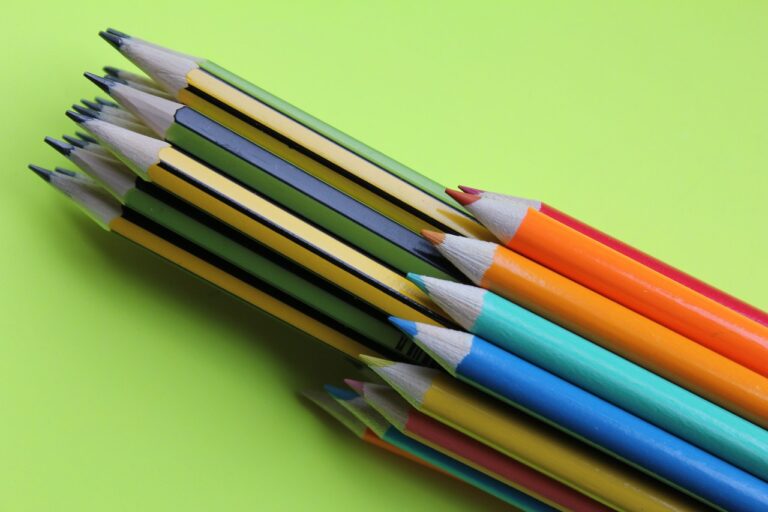Fostering Cultural Literacy in Schools
Cultural literacy plays a crucial role in education by fostering an inclusive learning environment where students can appreciate and understand diversity. It allows individuals to develop a respect for different cultures, traditions, and perspectives, ultimately leading to a more interconnected and cohesive society. Through the integration of diverse content and experiences in the curriculum, students are exposed to a broader range of ideas and worldviews, nurturing their ability to navigate and thrive in a multicultural world.
Furthermore, cultural literacy helps students build empathy and understanding towards others, promoting social harmony and cooperation. By exploring various cultural narratives, students are able to recognize and appreciate the complexities of human experiences, consequently developing a greater sense of empathy and compassion. This empathy not only enhances their interpersonal relationships but also equips them with the skills needed to engage in productive collaboration and dialogue across cultural boundaries.
The Role of Teachers in Promoting Cultural Literacy
Teachers play a crucial role in promoting cultural literacy among students. By incorporating diverse perspectives and materials into their lesson plans, teachers can help students develop a deeper understanding and appreciation for different cultures. This can help foster empathy, respect, and open-mindedness among students, creating a more inclusive and tolerant learning environment.
Furthermore, teachers can actively engage students in discussions about cultural differences and similarities, encouraging them to think critically about the world around them. By creating opportunities for students to share their own backgrounds and experiences, teachers can help build a sense of community within the classroom and promote a more inclusive educational experience for all students.
Why is cultural literacy important in education?
Cultural literacy is important in education because it helps students understand and appreciate the diverse cultures that make up our society. It promotes tolerance, empathy, and open-mindedness, and helps students develop a global perspective.
How can teachers promote cultural literacy in the classroom?
Teachers can promote cultural literacy in the classroom by incorporating diverse perspectives, stories, and examples in their lessons. They can also organize cultural celebrations, invite guest speakers from different backgrounds, and encourage respectful discussions about different cultures.
What are some benefits of promoting cultural literacy in education?
Some benefits of promoting cultural literacy in education include fostering a more inclusive and welcoming school environment, preparing students to navigate a multicultural world, and reducing prejudice and stereotypes.
How can teachers address cultural differences and conflicts in the classroom?
Teachers can address cultural differences and conflicts in the classroom by creating a safe space for open dialogue, promoting understanding and empathy among students, and teaching conflict resolution skills. It is important for teachers to model respectful behavior and encourage students to appreciate diversity.






